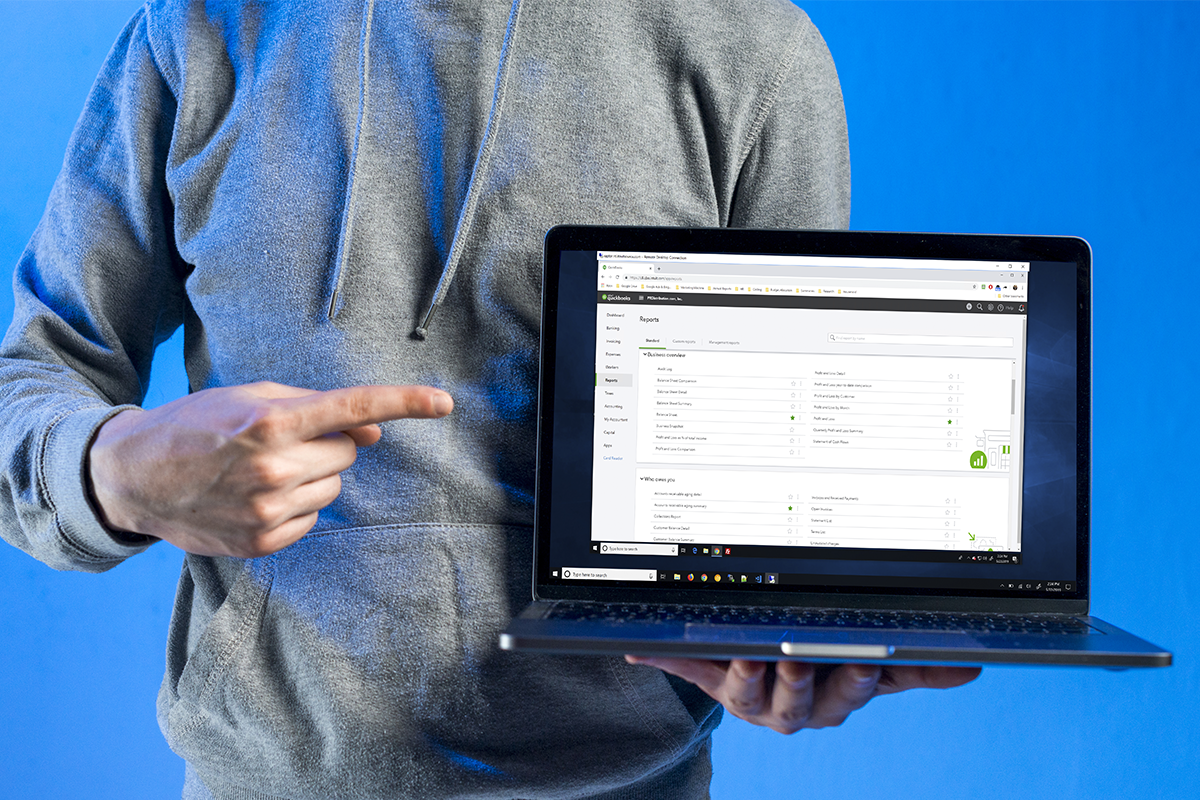
Remote Desktop technology is driving industry transformations in education, healthcare, manufacturing, remote work, and financial services. Remote workstation/desktop software allows the use of a full power desktop from any networked device, such as thin clients, consumer desktops, and mobile devices.
When these virtual desktops are hosted remotely in the cloud, the service is referred to as DaaS or remote workstation or desktop. There are multiple benefits of DaaS or remote desktops and workstations over virtual desktops on a private cloud, or traditional hardware desktops.
This technology has been gaining ground across businesses that rely on specific software environments, store sensitive data, or have employees that are constantly on the move.
In education, healthcare, manufacturing, remote work, and financial services, users and organizations both stand to gain greatly in terms of workflow. A centrally managed desktop solution in these use cases drives productivity, lowers total IT costs, and bolsters the business model.
- For organizations with many remote workers, DaaS solutions such as those provided by Microsoft WVD or Remote Workstations, allow workers to access information in the field or at their home offices. All access is made in a highly secure fashion. And refinement of the technology has created very low-latency software environments. Actual usage is virtually indistinguishable in speed from a physical desktop; even when accessed from a phone or tablet!
- In Healthcare, hospital personnel are rarely able to sit at one workstation for extended periods of time. Being able to access records from a secure environment that’s accessible through any networked computer or device greatly speeds the process of collecting and using information. In this way, highly private information is also protected.
One organization with doctors and nurses traveling between buildings and locations, provides users with their own remote desktops. Users seamless continue working from one location to the next.
- Many Financial Services businesses use specialized software that can be difficult to maintain. The IT workload in doing local updates can be done away with remote maintenance of software environments. With Remote Workstations or Citrix, for example, IT managers have access to software management across all virtual desktop instances. They can use that to deliver uniform experiences for all remote desktops in their network.
One financial advisement firm with multiple small offices opted for full migration to remote virtual desktops instead of purchasing new hardware. This saved them the cost of upgrading hardware in their satellite offices and manually updating their mission-critical software.
- IT for Education has historically been difficult, due to the wide range of use cases and supported software. Using mobile desktop or remote workstation technology, IT staff can now allow BYOB (Bring Your Own Device) policies. This allows flexibility in equipment while still ensuring that critical environments are protected.
Many schools with limited budgets for IT needs have partially migrated to remote desktops and workstations instead of replacing older hardware. Current remote protocols provide excellent user experiences even on less-powerful PCs. IT personnel can also closely monitor computer usage.
- Manufacturing has a mission-critical need for uniformity of parameters. Remotely managing desktop environments allows not only uniformity, but also general system uptime to be monitored. Desktop as a Service and virtual desktops in general are being used to great effect in manufacturing currently.
One manufacturer has adopted remote management of workstations across multiple factories. A major use case has been the scheduling of maintenance. Engineers are able to send and receive real-time data with their workstations hosted on a hybrid private and public cloud.
There are a growing number of businesses and institutions making the jump to full desktop environments in the cloud. While this is a logical leap as many mission-critical applications are becoming cloud-based, it is paramount that you do due diligence before deploying a DaaS solution. Resources such as Microsoft’s Azure documentation, Parallels’ technical resources, and Remote Workstations’ industry articles can help you gain a fundamental grasp of the available partners and services.























